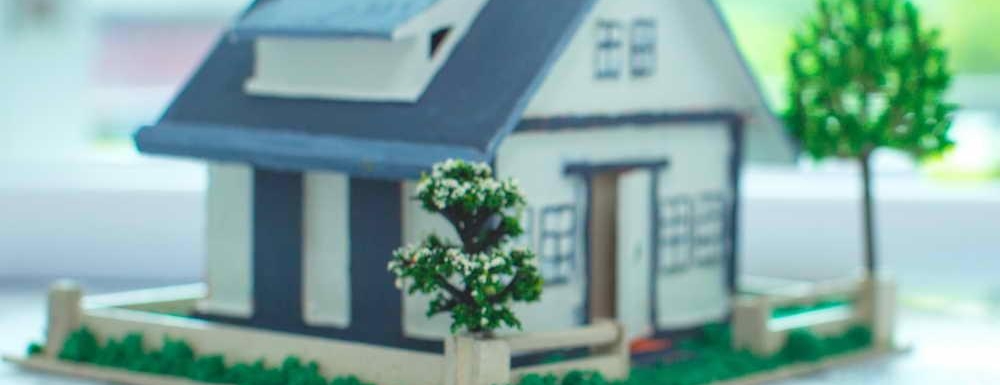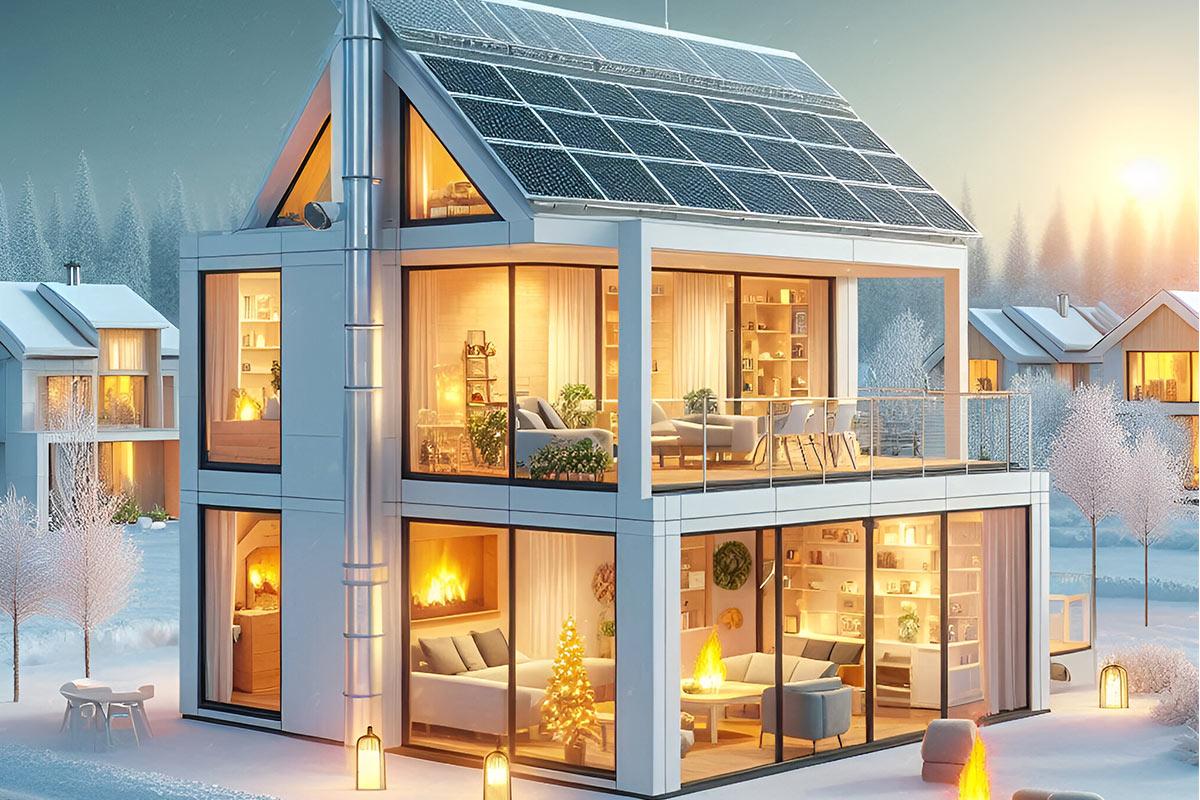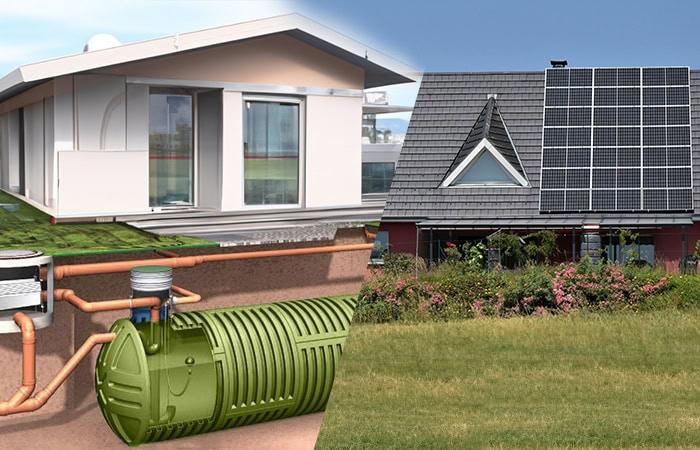How to Save Energy in Prefabricated Homes: 7 Key Strategies

Prefabricated houses offer highly effective solutions for energy savings thanks to modern building technologies. In such structures, energy efficiency provides a major advantage both in creating an eco-friendly living space and in reducing long-term costs. Here are some ways to save energy in prefabricated homes:
- Energy Savings Through Thermal Insulation
- Energy-Efficient Window and Door Systems
- Proper Heating and Cooling Systems
- Utilizing Solar Energy
- Energy Management with Smart Home Systems
- Eco-Friendly Lighting Solutions
- Natural Ventilation and Roof Systems

1. Energy Savings Through Thermal Insulation
The most fundamental step to achieve energy savings in prefabricated houses is the use of proper insulation materials.
Choosing high-quality insulation materials for wall and roof panels prevents heat loss in winter and excessive heat in summer.
Double-glazed windows help maintain indoor temperature balance and save energy. For example, they reduce the need for air conditioning in summer and lower heating costs in winter.
Sandwich panels used in prefabricated house models are lightweight and have high insulation values, which enhances energy efficiency.
2. Energy-Efficient Window and Door Systems
The right window and door selections directly impact energy savings in prefabricated houses.
Windows made from PVC materials minimize heat transfer and prevent energy loss.
The size and placement of windows increase the use of natural light, reducing electricity consumption. Large south-facing windows make the most of sunlight in the winter months.
Regularly checking the sealing gaskets around doors and windows is important to prevent energy loss.
3. Proper Heating and Cooling Systems
Energy-efficient heating and cooling systems enhance the performance of prefabricated houses.
Underfloor heating systems or low-energy radiators can be preferred. These systems distribute heat evenly, saving energy.
High energy-class appliances like split air conditioners offer effective cooling and heating solutions.
Heat pumps utilize energy from the environment to provide heating or cooling with lower electricity consumption.

4. Utilizing Solar Energy
The use of renewable energy sources is one of the most important steps for energy savings in prefabricated homes.
Solar panels installed on the roof can meet electricity needs and significantly reduce energy bills.
Solar energy systems can be used to produce hot water, reducing the need for electric water heaters and overall energy consumption.
Some prefabricated home models come with solar panels as a standard feature, offering a great opportunity for eco-friendly living.
5. Energy Management with Smart Home Systems
Smart technologies optimize energy savings in prefabricated houses.
Smart thermostats constantly monitor the indoor temperature and automatically adjust heating and cooling systems based on needs.
Motion-sensor lights turn off in empty rooms, preventing electricity waste.
Smart plugs and energy monitoring systems help identify which devices consume the most energy, allowing for changes in usage habits.
6. Eco-Friendly Lighting Solutions
Lighting is a factor that should not be overlooked when aiming for energy savings.
LED bulbs consume 80% less energy compared to traditional bulbs and have a longer lifespan.
Interior designs with light colors that make better use of natural light reduce the need for electricity during the day.
Motion-sensor or timer-controlled lighting systems minimize energy consumption.
7. Natural Ventilation and Roof Systems
Well-designed roof and ventilation systems increase energy savings in prefabricated houses.
Reflective materials used on the roof reflect sunlight during summer, helping to keep the interior cool.
Wind deflectors or cross-ventilation systems create natural airflow, reducing the need for air conditioning.
Rainwater collection systems on the roof offer an alternative water source for irrigation or cleaning, providing an eco-friendly solution.
Conclusion: Energy Savings Benefit Both the Environment and Your Wallet
Achieving energy savings in prefabricated houses is not only an economic advantage but also a step toward an eco-friendly lifestyle. With solutions such as choosing the right insulation materials, utilizing solar energy, energy-efficient appliances, and smart home technologies, you can protect nature and reduce your energy costs in the long run. By considering these elements in your prefabricated home, you can create a sustainable and comfortable living space. If you’re wondering what to pay attention to when buying a prefabricated house, you can find the details in our blog posts. 🌱
Let's Shape Your Ideas and Projects Together
Get a Quick Price!
